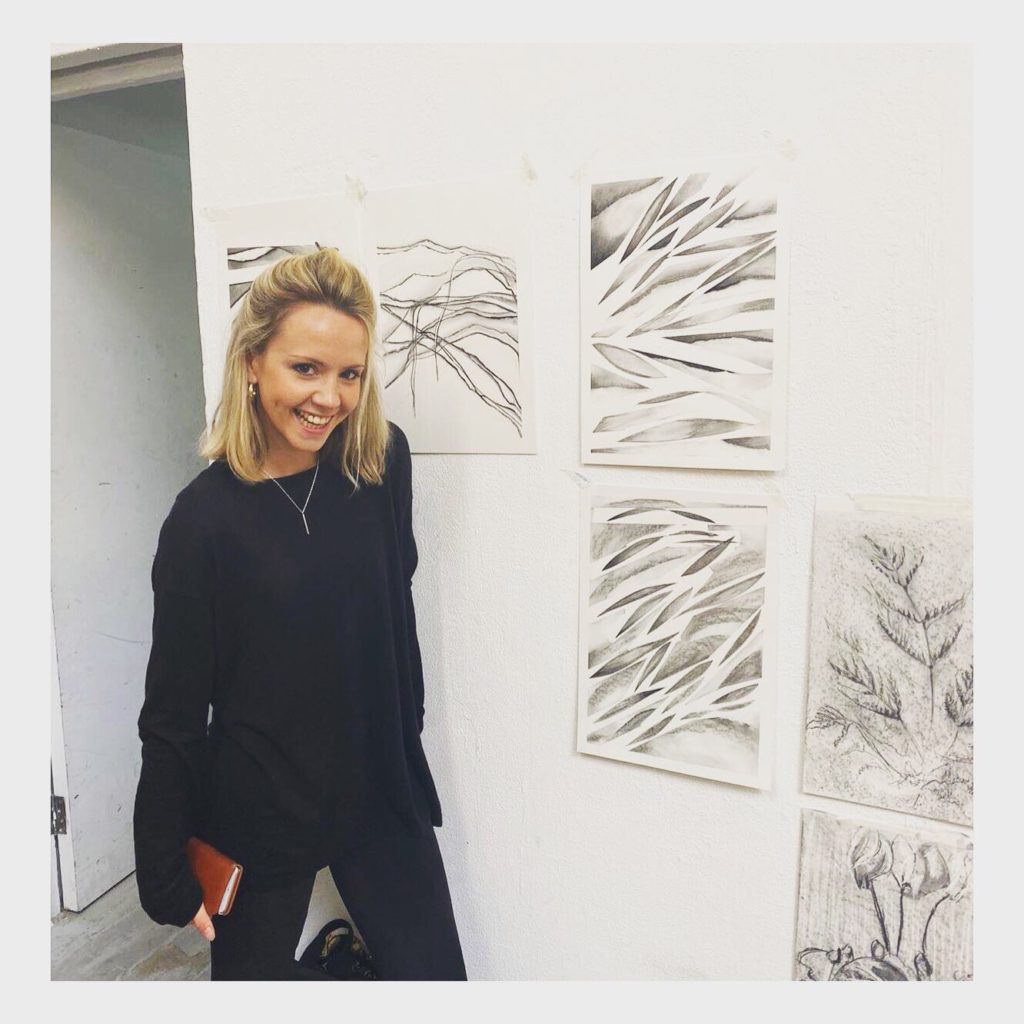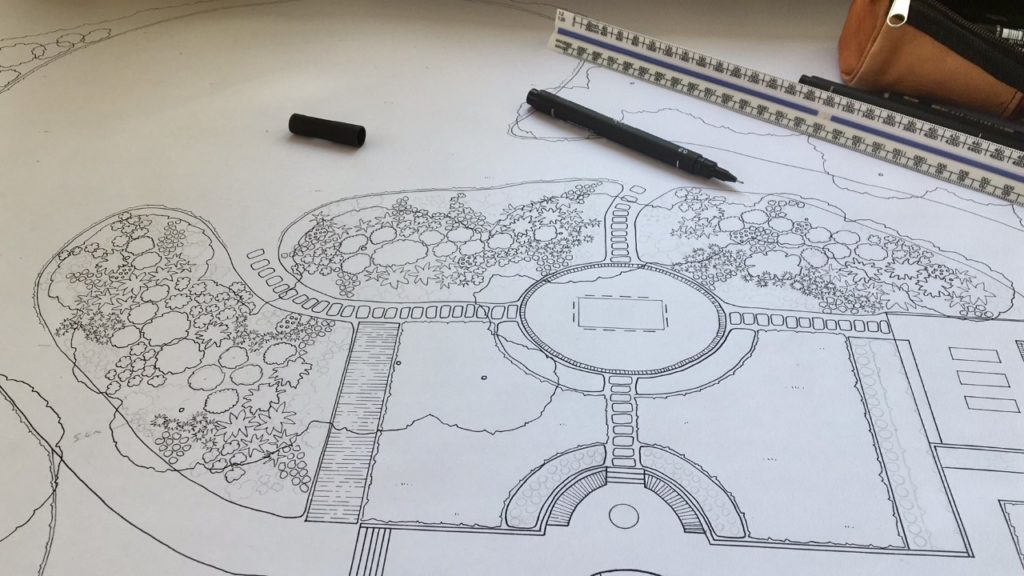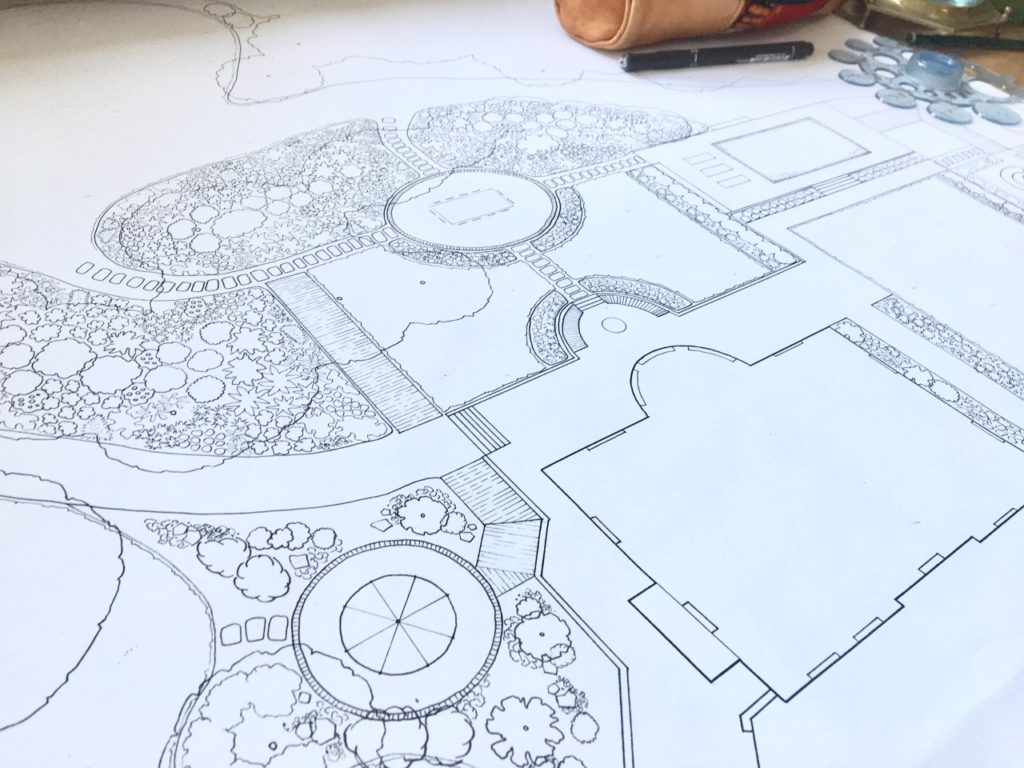
This month we hand our blog over to Eliza Nicholas, founder of Rocket Garden Design
For those with a garden or any sort of outdoor space nearby, 2020 has given us a new appreciation for sitting, eating, playing or working outside. Amidst the tragedy and confusion that the pandemic has brought, many of us seem to be seeking solace and space in our green surroundings. As a garden designer and gardening workshop host, it has been wonderful to see the interest and excitement from newly inspired gardeners, who are determined to develop green fingers in order to enhance and spend time in their outdoor spaces.
City dwellers, especially in our sunny capital where Rocket is based, are perhaps the most eager of all to introduce more plants and greenery into their homes and tiny patios or roof gardens. One of the most common themes I have noticed is clients asking how they can support wildlife and encourage more insects into their urban spaces. Alongside this, requests are for loose, wild and natural spaces to help them feel more connected to the countryside and nature. Perhaps surprisingly, clients are even willing to take on higher-maintenance gardens in order to achieve the ‘green haven’ so many of us are currently craving. I’m pleased to say that this inclination is not something new for the lockdown period, but has always been a priority for many garden-owners I have worked with.

Wildflower areas are something I am always delighted to recommend and introduce into design projects. The charming natural effect, as well as a low maintenance regime, makes them a brilliant option for clients wanting to create a relaxed space or area while supporting local wildlife.
Although large stretches of wildflowers are a beautiful luxury for bigger gardens, the effect can work just as well in small spaces. A sunny boundary dedicated to wildflowers can soften railings and urban skylines, while those with lawns often welcome the idea of longer grass and a less manicured effect. A secluded garden edged with wildflowers makes an appealing spot for a bench or dining area, regardless of town or country location. Another favourite combination of mine is shaped evergreen shrubs in a more formal style, contrasted with a backdrop of loose grasses, wildflowers, or a general natural area left partly to its own devises.

With green space being so precious in cities, unused roofs of buildings and sheds are becoming popular for miniature meadows too. Roof turf works well to brighten an urban view or help blend a building into a more rural setting. The lightweight and free draining options make this accessible and practical for many buildings.
I’m delighted that wildflower areas as well as natural styles of gardening are becoming so popular, and that Wildflower Turf enables easy and readymade meadows. I’ll continue to sing its praises for boosting biodiversity, creating natural design effects in both bright and shady spots, and requiring usually no more attention than an annual cut back at the end of the growing season.
Eliza Nicholas is the founder of Rocket Garden Design, an initiative prioritising wildlife and wellbeing. Based in London, she helps people discover their green fingers and create spaces that bring them closer to nature. Follow on Instagram: @rocket_gardendesign